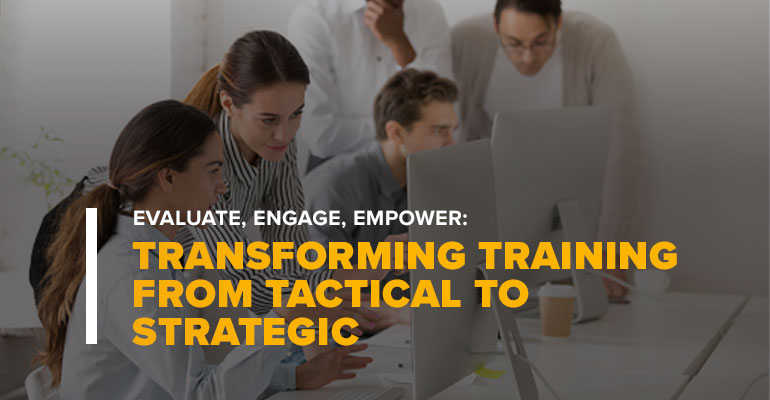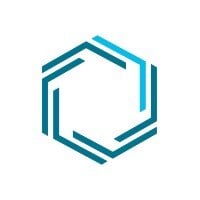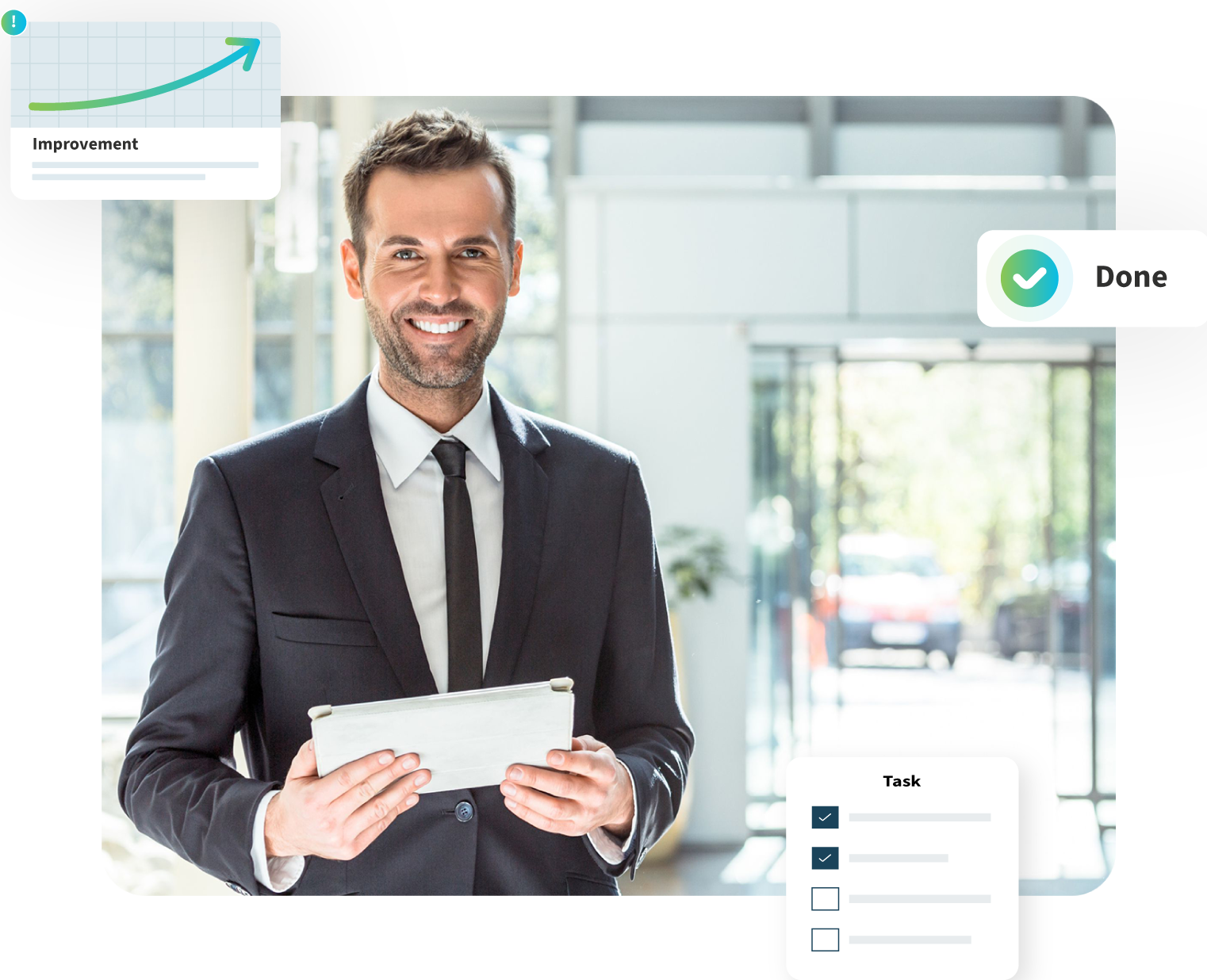By evaluating training ROI and engaging and empowering employees on an ongoing basis, employers can shift the idea of onboarding from a box to be checked to a plan that provides career-long learning.
March 25, 2019 - Mark Heymann, CEO and Co-Founder, UniFocus - Published in Training magazine - Few organizations would disagree that training is a vital part of onboarding new employees, complete with specific plans and predetermined check-ins to assess the trainee’s progress. But while skill transference is fairly straightforward to gauge, other vital measures—such as employee attitudes and “buy-in”—are far more elusive. So how can Human Resources (HR) leaders transform their training initiatives to be more fully rounded?
The answer lies in seeing training as an investment in the company’s future, and not just a cost of running the business. This shift of mindset helps organizations move toward a more strategic approach versus just a set of tactics.
Evaluate the ROI of Training
The Human Resources function historically has struggled to place a dollar amount on its value. Just as marketing professionals report on the impact of their campaigns on sales leads or revenue, HR should have the systems in place to draw connections between specific training initiatives and a resulting uptick in revenue, customer satisfaction levels, or employee retention. When an organization begins to see the whole function of training as a human capital investment that yields a hard return, or results in outperforming the competition, the program transforms into something that sets not only individual employees but the entire business up for success. It’s long overdue for service industry organizations to recognize that investment in human capital is as important as new air conditioners, new room amenities, and the like.
Four Seasons Hotels and Resorts, for example, has been able to link effective training and employee engagement directly to guest satisfaction scores, which, in turn, correlates with important intent-to-return and intent-to-recommend statistics. “It can’t always be tied to profitability due to market factors,” notes Debbie Brown, vice president of Human Resources at Four Seasons. “But if you treat employees well, they’ll treat your guests well. We have the data to make that clear.”
Engage Employees After 90 Days
Frequent feedback and measurement are essential to new employee training. But what happens at the end of the typical 90 days of onboarding? Do your employees continue to benefit from such touchpoints as they acclimate to their everyday roles? Too often, training is viewed only as a tactical function that ends once the required tasks are checked off. But companies that want to attain results that outperform averages need to treat feedback as an ongoing process that continues throughout an employee’s tenure.
For Millennial and Generation Z workers in particular, once-a-year performance reviews are no longer enough. Motivating the majority workforce requires everything from informal day-to-day check-ins to opportunities to sit down with managers to discuss challenges and set goals. Feedback in the Millennial age is a two-way street.
UniFocus recently compiled surveys of more than 56,000 employees in a wide range of businesses and discovered that 64 percent of the workforce could be described as disengaged or only partially engaged. Studies regularly show that a lack of engagement costs the economy billions of dollars, and results in poor customer experience. It also limits employee retention and turnover, which consequently makes training seem much costlier.
Measuring engagement requires asking psychological, behavioral, and actionable questions about whether employees feel like part of a team in the workplace (special and valued), whether they are accomplishing their personal and professional goals, and whether they would recommend the business as a good place to work. At the end of 90 days is an ideal time to take a first measure of a new employee’s attitudes, with regular “check-ups” going forward.
According to Dr. Daniel J. Mount, associate professor at Penn State University’s School of Hospitality Management, “The most critical part of the employee’s first-year experience is assuring them that their work matters, and that they are a special and valued employee. The pattern is a familiar one in engagement research. When looking at job tenure, employee engagement is at its highest when the employee is new, drops off dramatically in the first year, and then slowly rises with the long-term employee. Companies may not be able to completely eliminate the first-year drop in engagement, but they can certainly reduce the size of the fall by focusing on their supervisor-employee interactions.”
Empower Employees to Chart Their Own Development
Some companies are moving away from tactical training by implementing a pay-for-skill model. Because Millennials want full transparency and clear career paths from their employers, providing a perpetual training structure that allows them to develop new skills whenever they are ready is important. It also makes cross-training easier, creates a high-value workforce, and makes it clear to employees that raises and advancements are their opportunity and responsibility. A hospital janitor, for example, could be trained to work in the kitchen, as well, where there are like activities. This kind of structure offers benefits to both workers and employers by integrating employees more deeply into the operation, increasing retention, and providing them with more skills and occasionally higher pay.
By evaluating training ROI and engaging and empowering employees on an ongoing basis, employers can shift the idea of onboarding from a box to be checked to a plan that provides career-long learning. This strategic approach will better meet the new demands of today’s workforce, ultimately resulting in higher customer and employee satisfaction, and a marked effect on profits.
Mark Heymann is the CEO and Co-Founder of UniFocus, an industry leader in optimizing workforce performance for the service industry.






